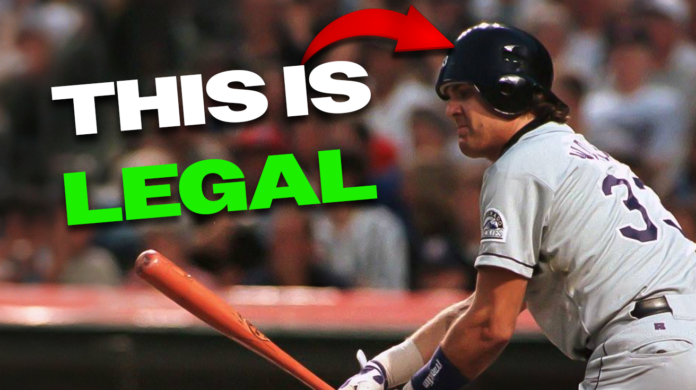
The beauty of baseball resides not just in the perfect swing or the 12-to-6 curveball. It’s found in the game’s magnificent oddities – those rules tucked away in dusty corners of the official rulebook that make fans wonder if the committee had been drinking Ty Cobb’s personal whiskey when they wrote them. Baseball’s bizarre regulations reveal a sport that’s been making things up as it goes along for nearly two centuries.
14. When Umpires Become Obstacles
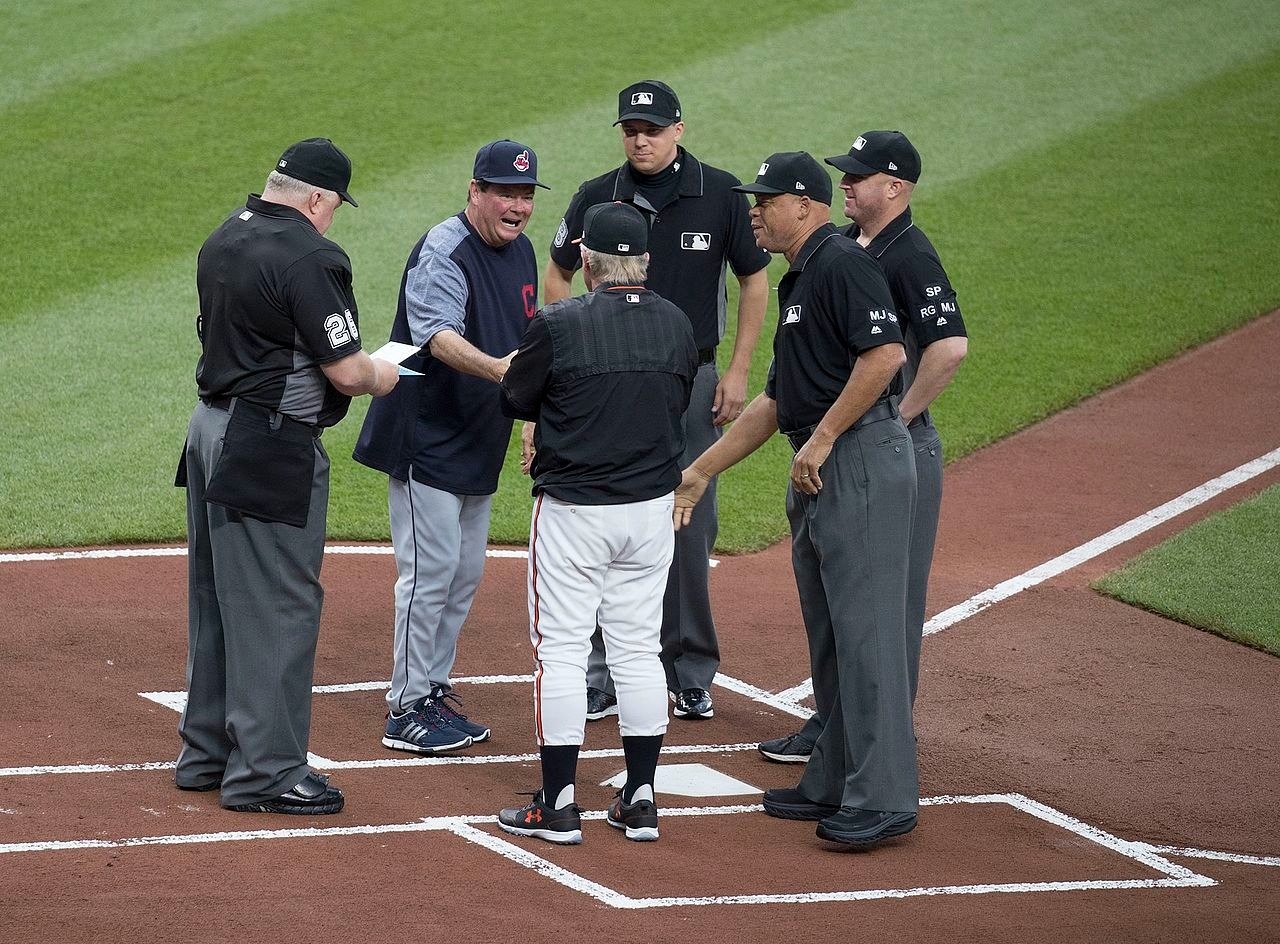
Nothing disrupts the flow of baseball quite like an umpire accidentally becoming part of the play. When a batted ball strikes an umpire before reaching an infielder, everything freezes. The batter gets first base while runners retreat to their original bags – a moment of baseball chaos that statisticians can’t quantify.
During the 2017 World Series, a pickoff throw struck an umpire squarely in the thigh, preventing a potential advance. Suddenly, umpire positioning became as tactically important as the infield shift. Sometimes the person judging the game unwittingly becomes its most decisive participant.
13. The Ambidextrous Pitcher’s Dilemma
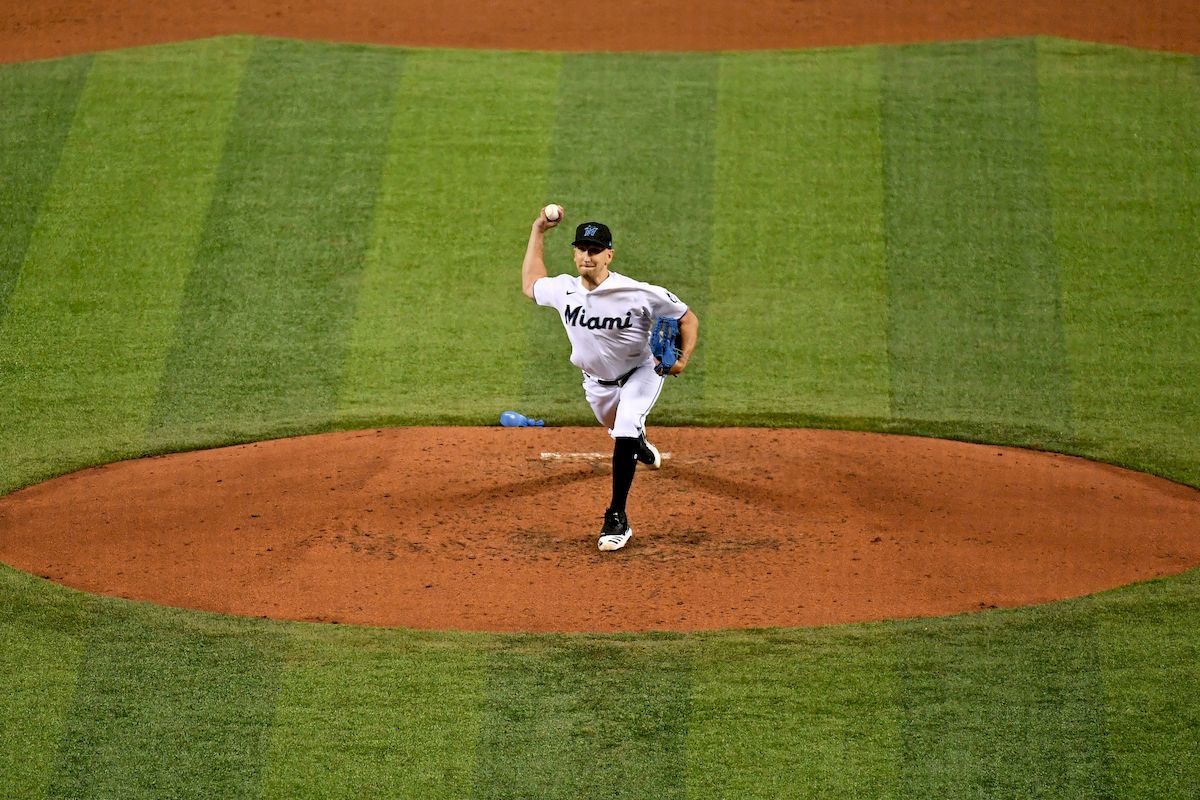
In 2008, baseball witnessed a scenario so perfectly absurd it defied imagination. Switch-pitcher Pat Venditte faced switch-hitter Ralph Henriquez in the minor leagues, creating baseball’s first-ever standoff where both players kept switching sides repeatedly.
MLB quickly cobbled together what became Rule 5.07(f), requiring pitchers to declare which arm they’ll use before each at-bat. Venditte, throwing respectable mid-80s heat from either arm, forced baseball to address a loophole that had existed since 1876 simply because nobody had been talented enough to exploit it. This rule stands as perfect evidence of baseball’s reactive rulemaking – created only after someone found a way to break a rule that didn’t yet exist.
12. Don’t Throw That Glove

Baseball polices equipment usage with peculiar specificity. Intentionally touching a batted ball with detached equipment doesn’t just result in an out – it awards the batter an automatic triple. Toss your glove to catch that would-be homer? Triple. Trap the ball in your cap? Triple. Remove your catcher’s mask to field a dribbler? Triple again.
This rule feels like the response to some long-forgotten 1890s shenanigans when players were still figuring out what constituted fair play. Only baseball could turn equipment misuse into one of its most generous awarded bases, creating a penalty that occurs about as frequently as a perfect game but remains eternally vigilant against creative cheating.
11. The Home Plate That Wasn’t
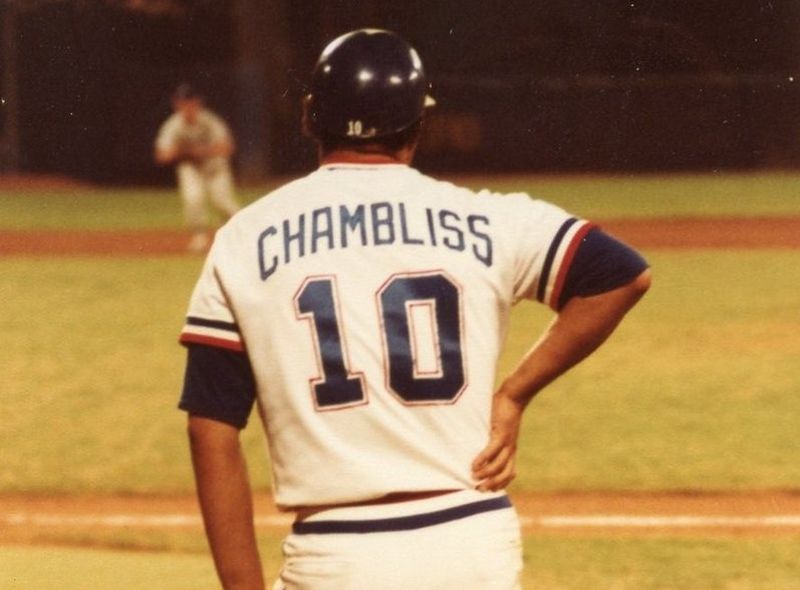
The chaos of the 1976 ALCS saw Chris Chambliss launch a series-winning homer for the Yankees that triggered such pandemonium that touching home plate became physically impossible. Thousands of jubilant fans stormed the field, leaving Chambliss to navigate through the crowd like a salmon swimming upstream.
Rather than nullify baseball history on a technicality, officials created the “Chambliss Rule” – if fan interference prevents a home run trot completion, the run counts anyway. This acknowledgment of baseball’s human element essentially states that while the sport has rules, they shouldn’t interfere with a perfect moment. Few other sports would bend the rulebook to accommodate fan excitement.
10. Helmets: Direction Optional
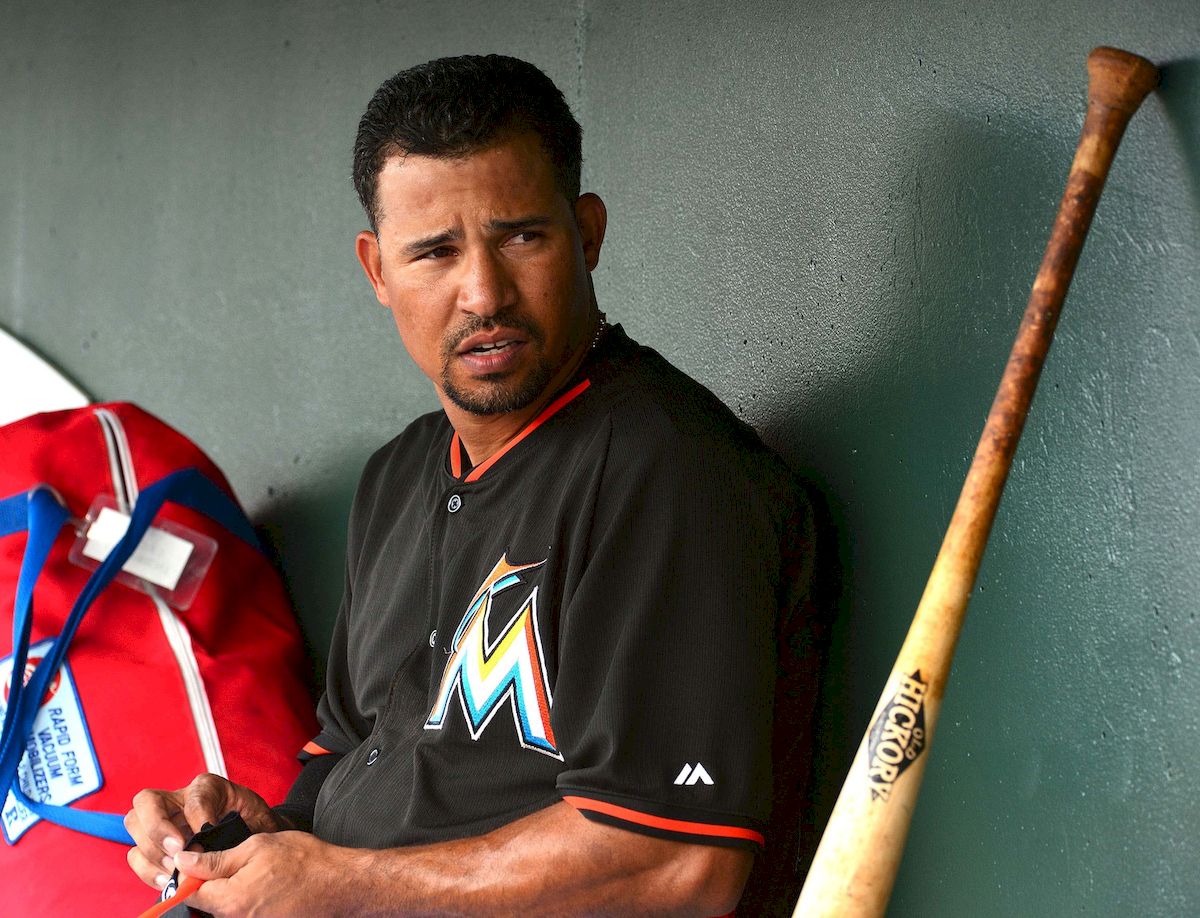
Baseball mandated protective ear flap helmets in 1983, but with a remarkable oversight – officials never specified which direction the flap should face. This loophole has led to players like Rafael Furcal and Carlos Beltran occasionally sporting their helmets with the flap protecting entirely the wrong ear.
The pinnacle of this particular rebellion came when Larry Walker, after a brush-back pitch in the 1997 All-Star Game, famously turned his helmet backward to bat right-handed against Randy Johnson. The umpires, finding no specific rule against it, allowed this improvised protection strategy. Walker’s innovative helmet use perfectly captures baseball’s tension between safety and superstition.
9. The Tattooed Reliever’s Burden

Heavily-tattooed reliever Justin Miller found himself at the center of baseball’s bizarre aesthetic regulations in the early 2000s. His colorful arm tattoos supposedly distracted batters, prompting a rule allowing umpires to make pitchers cover distracting ink if opposing teams complained.
Miller became baseball’s reluctant long-sleeve pioneer, pitching covered up even during sweltering summer games. The rule exemplifies baseball’s ongoing identity crisis – a sport simultaneously embracing individual expression while clinging to traditional notions of competitive advantage. In what other professional context would your employer mandate clothing requirements based on complaints from competitors about your personal body art?
8. No More Dress-Up Days

Baseball’s locker room culture evolved beyond its fraternity roots only after decades of questionable practices. The now-banned tradition of making rookies dress as women during road trips represents one of baseball’s most uncomfortable traditions finally laid to rest.
The turning point came after a 2004 incident when minor leaguer Kyle Denny, dressed in a cheerleader outfit during a rookie hazing ritual, was shot in an altercation. His cheerleader boots actually reduced the bullet’s impact. MLB formally banned gender-based costuming in 2016, acknowledging that team bonding doesn’t require humiliation – a rare instance where baseball’s unwritten rules of tradition yielded to more enlightened thinking.
7. The Fortnite Effect

When America’s oldest major sport collided with modern gaming culture, chaos ensued. The Fortnite phenomenon infiltrated clubhouses around 2018, creating genuine cultural panic among baseball’s old guard. Players stayed up until 2 AM during road trips building digital fortresses instead of resting for the next day’s game.
Carlos Santana’s TV-smashing rampage in Philadelphia’s clubhouse captured the generational divide perfectly. Teams scrambled to implement gaming restrictions faster than players could rack up Victory Royales. Boston even blamed their early-season struggles partly on Fortnite addiction. Baseball’s war against video game distraction reveals how a sport governed by century-old traditions grapples with modern entertainment competing for players’ attention.
6. #NoTweetsFromTheDugout
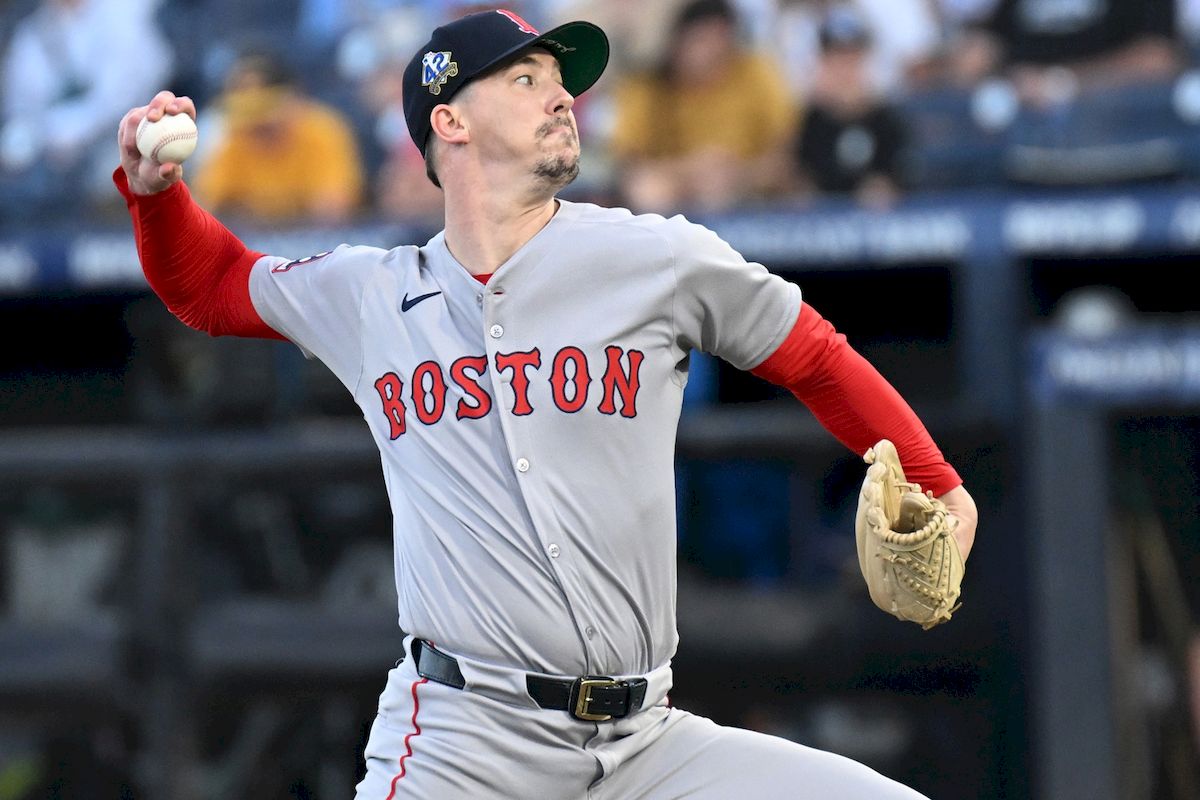
Baseball’s relationship with social media resembles an overprotective parent setting boundaries. Teams have created intricate social media policies that would impress corporate HR departments. The Red Sox famously banned players from liking Instagram photos during games – a rule Pablo Sandoval violated during a 2015 bathroom break.
The White Sox once suspended a player for tweeting complaints about an umpire despite having no explicit anti-Twitter policy. These digital-age restrictions highlight baseball’s fundamental challenge – maintaining focus and tradition in an era where players and fans exist in constant online conversation. Baseball’s uncomfortable relationship with modernity becomes most apparent when America’s most tradition-bound sport meets instantaneous global communication.
5. The Gallon of Regret

The Miami Marlins specifically outlawed the “gallon milk challenge” after pitcher Brad Penny offered a bat boy $500 to drink an entire gallon within an hour without getting sick. The resulting dairy disaster earned the unfortunate bat boy a six-game suspension and prompted the creation of baseball’s most oddly specific rule.
This milk prohibition perfectly illustrates baseball’s unique workplace culture – a professional sport where million-dollar athletes and teenage employees share the same workspace. The fact that a Major League team needed to formally ban competitive milk consumption speaks volumes about the peculiar environment of a baseball clubhouse, where boyish pranks coexist alongside the serious business of professional sports.
4. The Bobby Valentine Disguise Game
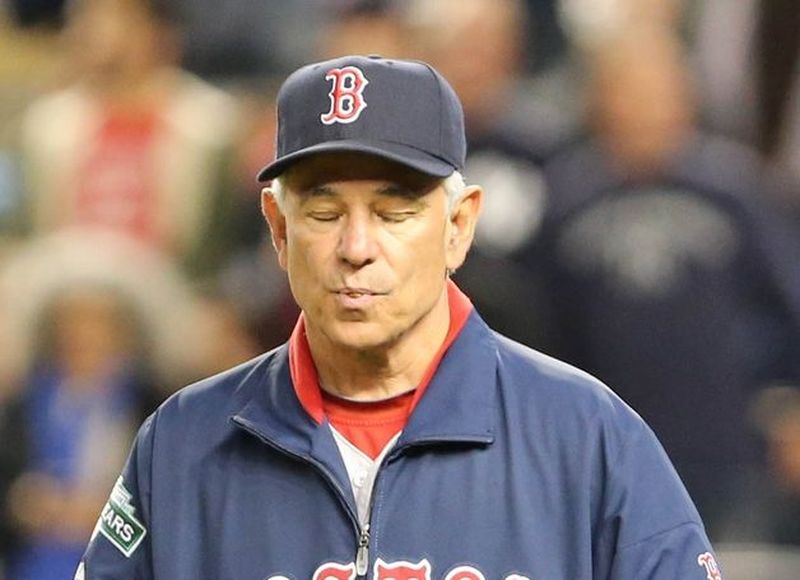
The ejected player loophole creates one of baseball’s most delightful gray areas. While banished from the dugout, nothing explicitly prevents ejected participants from watching as spectators. This technicality birthed one of baseball’s most legendary moments when Mets manager Bobby Valentine returned to the dugout wearing a fake mustache and sunglasses after his 1999 ejection.
Valentine’s disguise – worthy of a baseball-themed spy movie – failed spectacularly on national television. His subsequent fine and suspension didn’t change the rule itself, only demonstrated the consequences of its creative exploitation. This incident perfectly captures baseball’s character – a sport with sufficient traditions and loopholes that clever participants can operate in the space between what’s forbidden and what’s merely frowned upon.
3. The Great Cleat Liberation
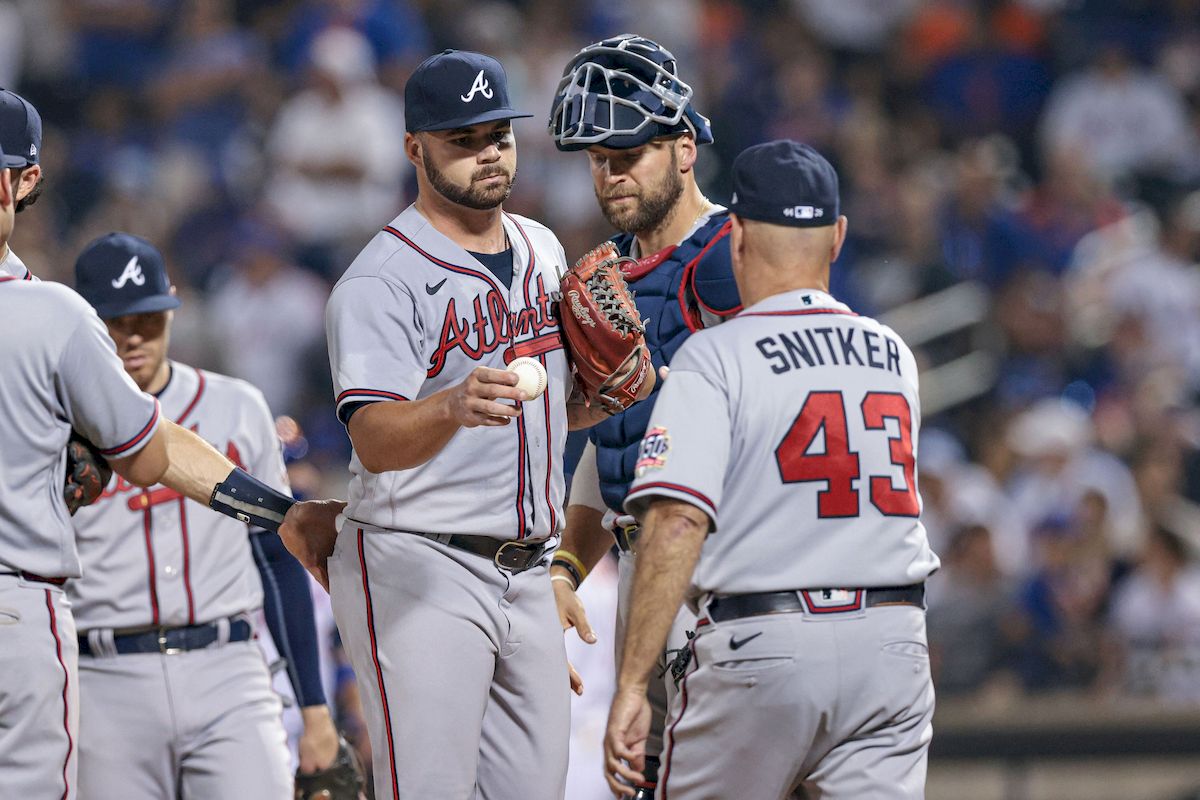
Until surprisingly recently, MLB enforced strict cleat color regulations that would make fashion police proud. Players like Brian Wilson and Ben Zobrist received fines for footwear violations, with rules requiring at least 51% of cleats to match team colors. Zobrist’s transgression – wearing black cleats to honor Cubs legend Ernie Banks – highlighted the absurdity of prioritizing uniformity over history.
The 2019 cleat liberation finally freed players’ feet from chromatic tyranny. This shift toward self-expression mirrors baseball’s larger evolution from rigid conformity toward celebrating player individuality. Today’s rainbow of footwear options shows how baseball has slowly recognized that personality doesn’t diminish professionalism – it enhances the game’s connection with fans.
2. The Little Person Who Changed Baseball
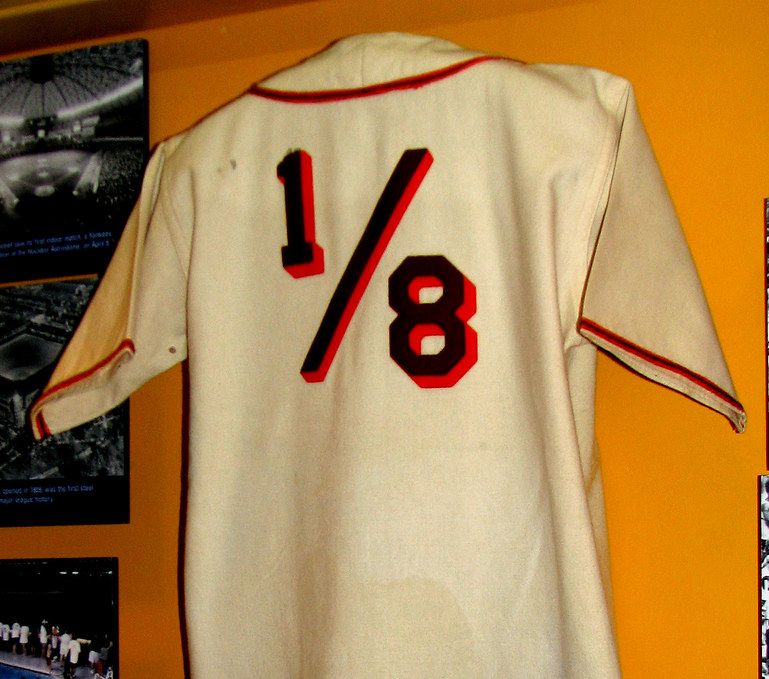
Baseball’s greatest showman, Bill Veeck, orchestrated perhaps the sport’s most infamous rule-bending moment in 1951. By signing 3’7″ Eddie Gaedel to a legitimate contract and sending him to bat, Veeck exploited a loophole nobody had considered – nothing in the rulebook specified a minimum player height.
Gaedel’s microscopic strike zone proved unhittable, resulting in an easy walk. MLB voided his contract within 48 hours and implemented a rule preventing similar signings. This incident represents baseball at its most gloriously absurd – a moment where the letter of the law collided spectacularly with its spirit, forcing baseball to define what constitutes fair competition.
1. Don’t Fraternize With the Enemy
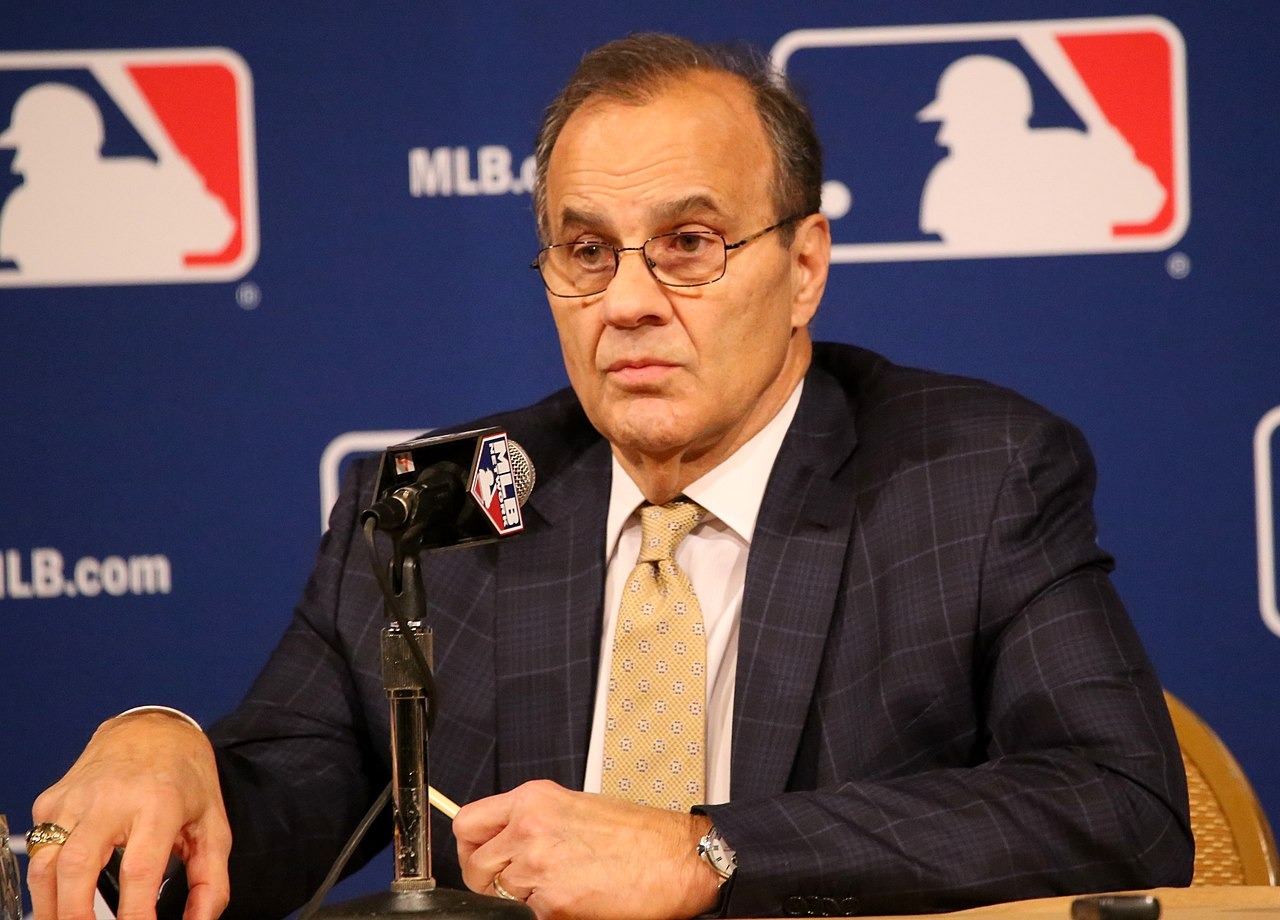
Baseball’s anti-fraternization rules feel curiously antiquated. Players shouldn’t excessively socialize with opponents or fans while in uniform. This prohibition on friendliness stems from baseball’s desire to maintain competitive intensity and prevent even the appearance of impropriety.
The policy creates those awkward moments when former teammates or close friends barely acknowledge each other before games. Former Yankees manager Joe Torre actively discouraged on-field camaraderie, believing it undermined competitive edge. While rarely enforced with penalties, this unwritten-turned-written rule reflects baseball’s unique culture – a sport where fierce competition and gentlemanly respect must maintain perfect balance.





